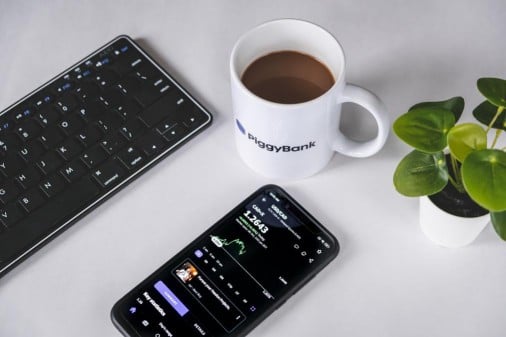A check is an official written, signed, and dated document directing a bank to give the holder a specific quantity of money. The person or organization who registers the check is referred to as the drawer or payor, while the recipient of check is known as the payee. On the other side, the bank where the check is issued is the drawee.
Moreover, checks can be cashed and deposited. And the dues are taken from the bank account of payor when the recipient delivers a check to bank and financial institute for cooperation. It is an additional method of telling the bank to transferal of money from the payee’s account to the payor’s or payor’s account to the payee’s.
You can use checks to request cash from savings account or other type of account; however, checks are typically drawn against a checking account.
Cheque is the spelling used in several regions, including England &' Canada.
How does check Work?

A check is a form of a bill of trade or other guaranteeing instrument for a specific sum of money. It is produced for use by the payor, who is an account holder at the drawing bank. The payor writes the check and gives it to the payee, who would then take it to their bank or another financial institution to have it cashed or deposited into an account.
Using checks, two or more persons can conduct a financial transaction without transferring physical money. Instead, the check amount serves as a replacement for actual money in the same amount.
You can also use checks to pay bills, make gifts, or move money between two people or organizations. Checks are typically considered a more secure alternative to cash when moving significant sums of money. A third party cannot cash a check that has been lost or stolen since only the payee has the authority to negotiate the check. Checks can now be replaced with wire transfers, debit and credit cards, and online banking.
Features of a Check
Although not all checks have the same appearance, most do have some common components. The top left-hand corner of check contains the contact information and name of the person writing the check. The check also includes the name of the bank holding the drawer's account.
The payor is required to fill up the following lines:
- The line in the top-right corner of check consists of the date written.
- The first line in the middle of check should contain the payee's name. The words "Pay to the Order Of" serve as an indication.
- You must fill out the cheque box next to the payee's name with the dollar figure.
- The line directly below the payee's name should have the amount typed in words.
- In the lowest right corner of check, the payor signs the document on the line. To be regarded as valid, the check needs to be signed.
Under the information for the drawing bank, on the bottom left corner of check, there is a memo line. The payor can use it to include any necessary details, such as an account number, a reference number, or any other justification for writing the check.
Types of Checks

There are many diverse types of checks.
- Personal Check
Personal checks are sheets of paper printed with your bank account number and your bank's routing number. Checks are written orders to another financial institution or bank to transfer a certain sum of money from the check writer's account to the payee—the individual or company indicated on the check. A check may occasionally not be made payable to a specific individual; in this situation, anyone else who provides the check for payment may take the funds.
- Certified check
A certified check confirms that the drawer's account has sufficient funds to cover the check's value. In other words, there is a guarantee that the check won't bounce. You must give the check to the bank where it is drawn to be certified, at which point the bank will confirm the check's legitimacy with the payor.
You'll probably require a certified check for a significant transaction, like a down payment on a property or a purchase from an online stranger. The certification procedure safeguards the seller from a bounced check in these circumstances.
- Cashier's Check
A cashier's check utilizes the bank's resources in its place of account holder’s. Moreover, it is a payment process that confirms enough funds to pay check for the recipient. However, in order to receive the cashier's check, the requester must first deposit funds into the bank equal to the check's value.
Also, payees can get prompt plus trustworthy payment using cashier's checks. This is why you can use cashier's checks in significant transactions, like buying a car or a house.
- Payroll Check
A payroll check, sometimes known as a paycheck, is a check that a company provides to pay a worker for their labor. Electronic transfer methods like direct deposit have replaced physical paychecks in recent years.
- Bounced Checks
The check can't be negotiated when you write a check for a sum greater than the amount in your checking account. This is known as a "bounced check." The check bounces because there are non-sufficient funds (NSF) in the account, which prevents it from being processed. The payor often pays a penalty fee when a check bounces. Sometimes a fee is imposed on the payee as well.